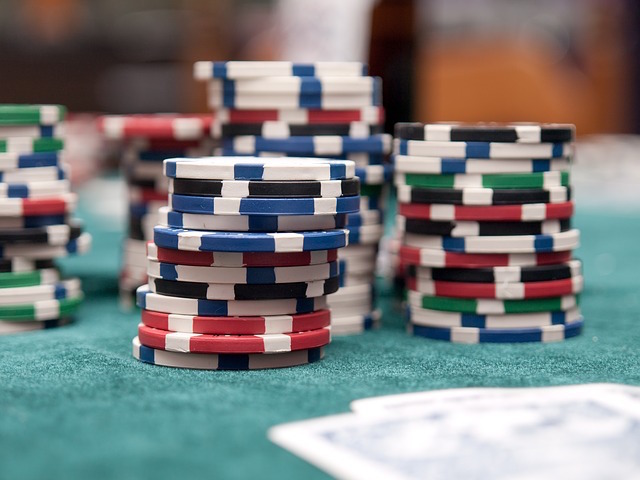If the world had just 100 people

If the world were reduced to just 100 people, then one person would represent 1% of the population and 100 people would represent all of the population. In other words, the same percentages would be true. Here are the numbers.
There would be 50 men and 50 women.
There would be 14 Americans (North and South), 11 Europeans, 15 Africans, and 60 Asians.
There would be 27 people aged 0 to 14, 16 people aged 15 to 24, 40 people aged 25 to 54, 9 people aged 55 to 64, and 8 people over the age of 65.
There would be 12 native Mandarin speakers, 6 native Spanish speakers, 5 native English speakers, 4 native Hindi speakers, 3 native Arabic speakers, and 70 people who spoke the other 6500 languages.
There would be 31 Christians, 23 Muslims, 15 Hindus, 7 Buddhists, and 16 people with no religion.
There would be 86 people who could read and write and 14 who could not.
There would be 15 people who made less than $2.00 US a day, 56 people who made between $2 and $10 a day, 13 people who made between $10 and $20 a day, 9 people who made between $20 and $50 a day, 6 people who made between $50 and $90 a day, and 1 person who made over $90 a day. In other words, one person would control 50% of all the money in the world.
There would be 21 people who were overweight, 63 people who had a healthy weight, 15 people who were malnourished, and 1 person who was starving to death.
There would be 87 people who had clean water and 13 who didn’t.
There would be 77 people who had shelter and 23 who didn’t.
There would be 44 people who had Internet access and 56 who didn’t.
There would be 75 people who had a mobile phone and 25 who didn’t.
There would be 7 people who attended college and 93 who didn’t.
Are you surprised by any of these numbers?
Click on the audio recording below to hear the lesson.
Vocabulary:
reduced: lowered, made less
represent: equal, be the same as
percentages: numbers out of 100
Mandarin: the official language in China
Hindi: the official language in India
control: have, be able to use
overweight: fat, heavier than normal
malnourished: not getting enough good food
starving: having little or no food
shelter: a home with a roof
access: ability to use
mobile: able to be carried
attended: went to
Pronunciation Exercise: Listen and repeat the above vocabulary on the audio file below.
Statistics thanks to Gabriel Reilich

